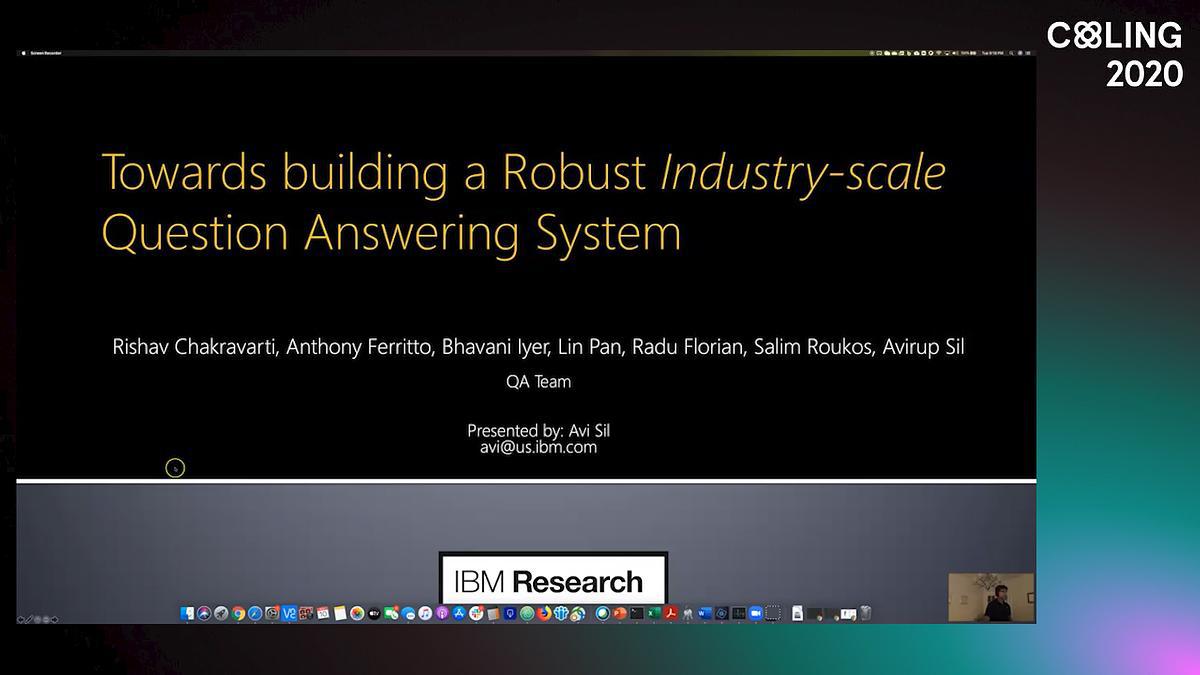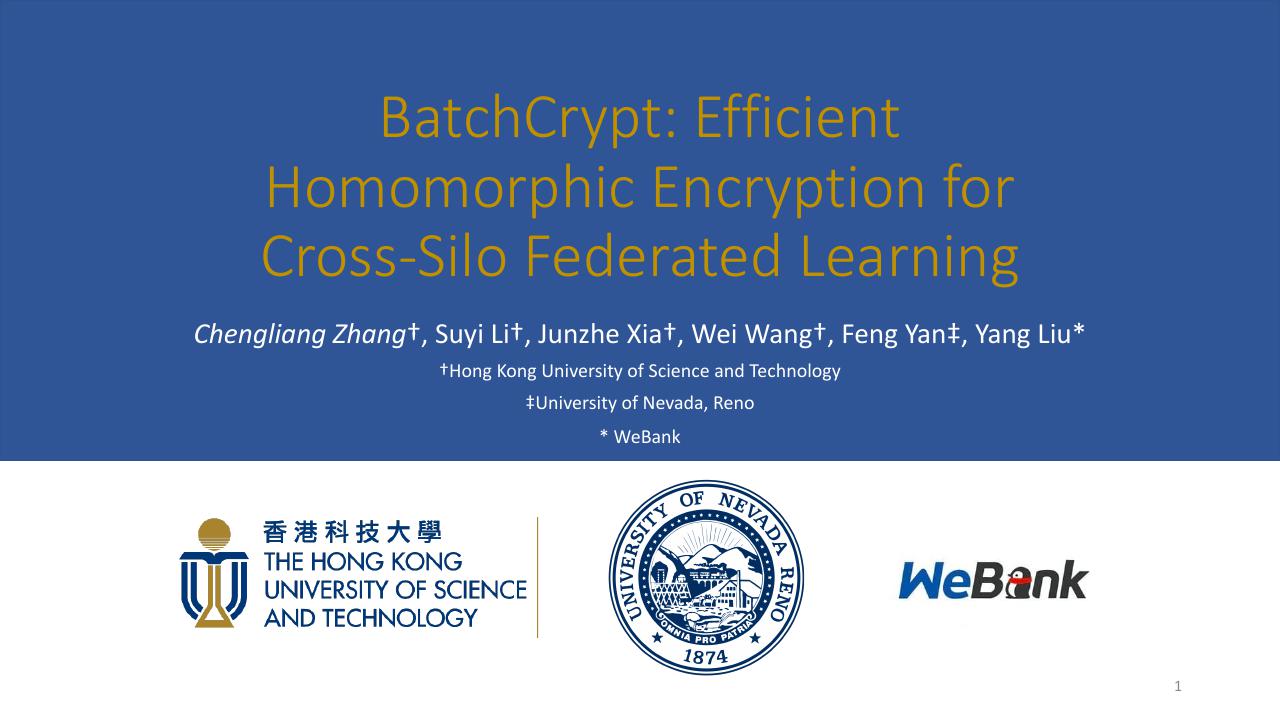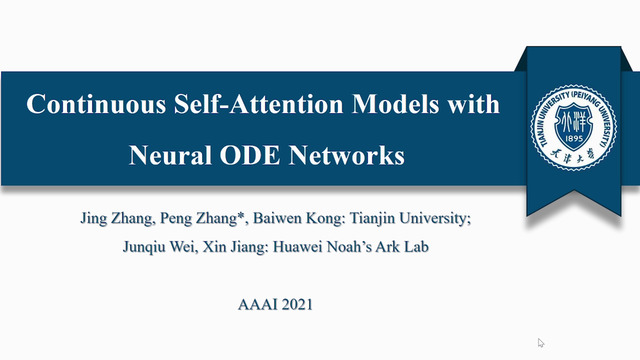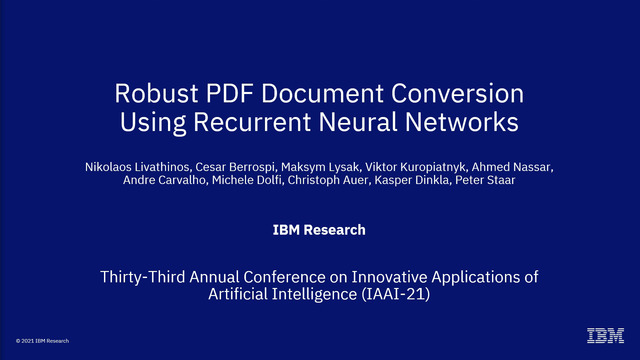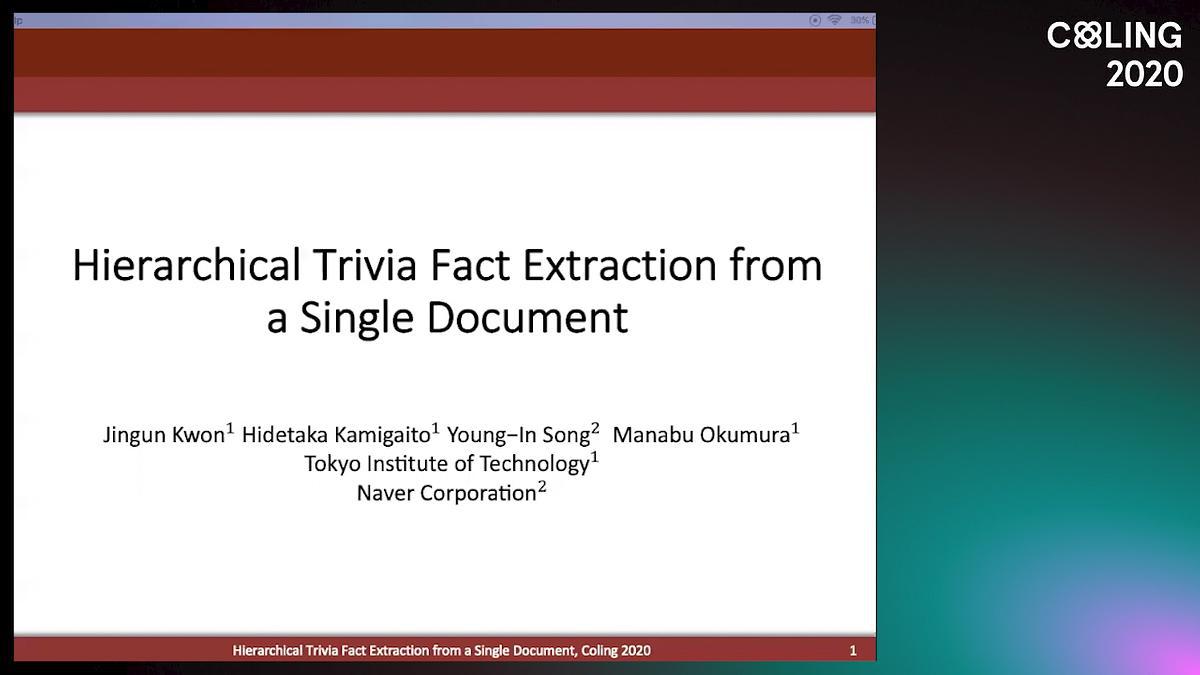Abstract:
Industry-scale NLP systems necessitate two features. 1. Robustness: “zero-shot transfer learning” (ZSTL) performance has to be commendable and 2. Efficiency: systems have to train efficiently and respond instantaneously. In this paper, we introduce the development of a production model called GAAMA (Go Ahead Ask Me Anything) which possess the above two characteristics. For robustness, it trains on the recently introduced Natural Questions (NQ) dataset. NQ poses additional challenges over older datasets like SQuAD: (a) QA systems need to read and comprehend an entire Wikipedia article rather than a small passage, and (b) NQ does not suffer from observation bias during construction, resulting in less lexical overlap between the question and the article. GAAMA consists of Attention-over-Attention, diversity among attention heads, hierarchical transfer learning, and synthetic data augmentation while being computationally inexpensive. Building on top of the powerful BERTQA model, GAAMA provides a ∼2.0% absolute boost in F1 over the industry-scale state-of-the-art (SOTA) system on NQ. Further, we show that GAAMA transfers zero-shot to unseen real life and important domains as it yields respectable performance on two benchmarks: the BioASQ and the newly introduced CovidQA datasets.
